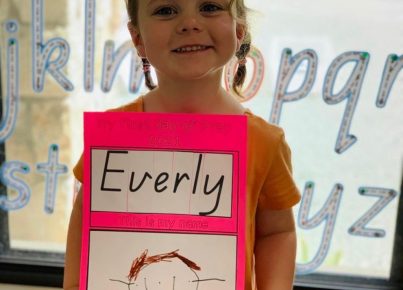Creating a student-led classroom social contract is an empowering method that supports positive behavior and fosters a cooperative learning environment. By involving students in the creation process, they take ownership of the rules and expectations, leading to greater commitment to upholding them. Here’s how to develop a student-led classroom social contract in an elementary school setting.
Begin with a Class Discussion: Start an open discussion about what kind of classroom environment students want. Encourage them to think about how it would feel, look, and sound. This will help set the stage for their input on the social contract.
Brainstorming Session: After the discussion, move on to brainstorming potential rules or agreements that could help create that desired environment. Participate as a facilitator, ensuring everyone’s voice is heard and all suggestions are considered.
Group Consensus: Aim for consensus when deciding on the final set of rules. If there are disputes, facilitate conflict resolution strategies so that students learn how to compromise and come to agreements.
Drafting the Social Contract: Work together to write up the agreed-upon rules. This can be done as a whole group or by appointing a few student volunteers to compile everyone’s ideas.
Review and Revise: Once the draft is ready, review it with the class. Make sure everything is clear and understood by all. Allow for revisions if new ideas emerge or if something doesn’t seem quite right.
Signing Ceremony: To formalize the social contract, have a signing ceremony where all students (and perhaps even you as the teacher) sign the document. This adds significance to their commitment.
Display: Hang the finalized social contract in a visible area of the classroom where it can be referred to regularly.
Continual Reference and Reflection: Regularly reflect on the social contract with your students. Discuss what’s working and what might need changing as the year progresses.
By following these steps, you create not just a set of rules but also an agreement that reflects your students’ shared values and encourages a community spirit within your classroom.




